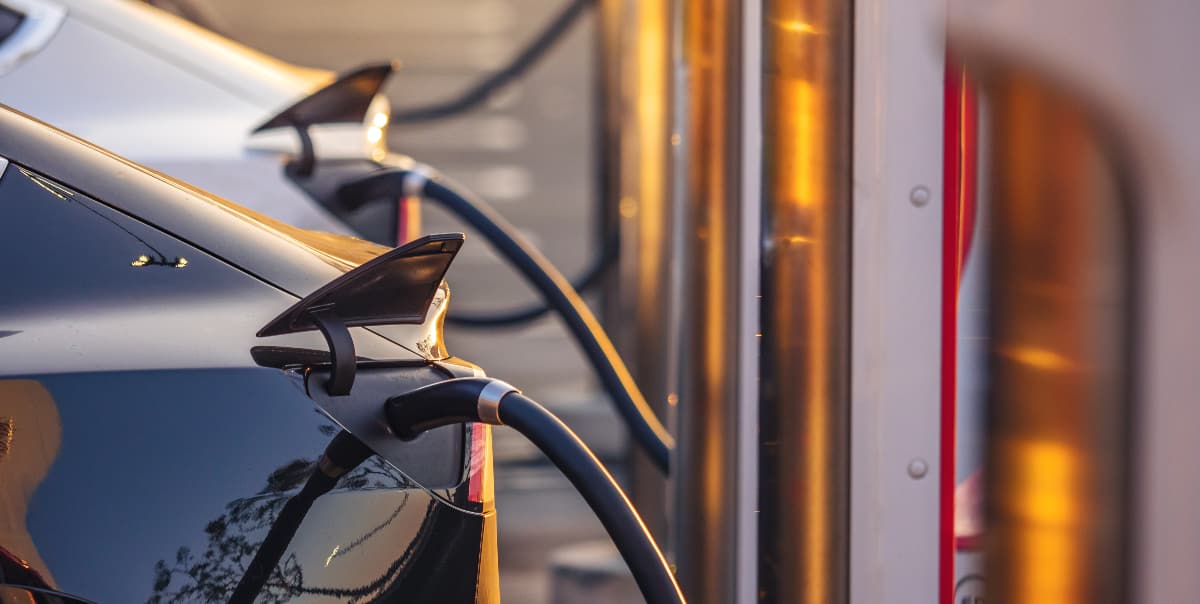Having On-Site EV Charging Solutions at Multifamily Buildings Makes Sense

4 Min. Read
LEED Is Leading the Way to Our Greener Future
As society progresses, there is an increasing focus on a greener future. This is driven by many environmental factors, such as climate change, the threat it imposes on our way of life, as well as economic reasons. People recognize that action must be taken and they are looking for the businesses they support to do the same. Enterprises have more incentives than just PR; becoming greener has shown an economic payout by reducing the amount of electricity they use. Building owners can rely on the LEED certification program to pave a path forward during this change.
What Is LEED?
LEED is a program designed and run by the U.S. Green Building Council (USGBC) to certify buildings based on many aspects of going green, including energy efficiency, renewable energy installations, air quality, and even overall quality of life for those residing or working in the building. The USGBC awards points based on the many aspects it judges. Once accumulated, the points land the building into one of four certification levels:
- Certified (40-49pts)
- Silver (50-59pts)
- Gold (60-79pts)
- Platinum (80+pts)
Why Be LEED Certified?
A LEED-certified building is widely recognized as both energy efficient and a healthy place to work or live. This has a strong marketing appeal for multifamily buildings because the residents know energy efficiency means lower electric bills and that air/water quality is a focus where they will live. LEED certified has a direct tie to increased occupancy, critical to building owners. This is also an indicator to possible investors that the building won’t need costly upgrades and that operating costs will be lower. According to the USGBC, over 60% of corporate leaders link sustainability to higher financial performance.
How to Become LEED Certified
As mentioned, LEED is based on points accumulated from many building areas. New construction can be designed and built to meet LEED standards, but this doesn’t exclude current structures from attaining a certification.
One easy way for a multifamily building to gain LEED points is to install electric vehicle (“EV”) charging solutions. Installing two Level 2 chargers (or 5% of available spaces) earns a point towards your LEED certification, and preparing six spaces (or 10% of available spaces) with dedicated electrical circuits for future EV charging solutions also earns you a point.
Installing solar panels can also earn LEED points and can help offset the increased demand for energy and hedge rising energy costs from the utility. Many multifamily buildings have large parking lots that can be covered with solar canopies to provide residents with additional covered parking. Installing solar panels and providing this additional shade may not even have any upfront costs to the owner. Building owners can enter into a power purchase agreement, where the solar is owned and operated by a third party and the owner buys the energy produced for the contract term.
The local utility can also be a great resource for becoming LEED certified. The grid is already strained, and the electrification movement adds to this. LEED-certified buildings reduce this strain, so the local utility is motivated to help. There are financial rebates and tax incentives available depending on your location, and the utility may help you navigate these. The website www.dsireusa.org is another great resource for private citizens as well as business owners to find what incentives are available in their area for a multitude of green technologies, many of which generate LEED points.
How Being LEED Certified Will Help Building Owners
When looking for a new place to call home, many residents look for complexes with a LEED certification. They know that buildings with LEED certifications will be more efficient, resulting in reduced energy bills. Many residents and future residents are also switching from gas-powered vehicles to EVs. A genuine concern for those making this switch is not having access to adequate EV charging solutions at home because the charger that comes with the vehicle is not sufficient for most users. Installing Level 2 chargers earns LEED points and provides this critical amenity for your residents. Having charging capabilities at home will become more critical as we progress through the electrification movement. These chargers may also become a source of revenue, by charging residents who use them for the energy. EV customers happily pay to use charging stations on their commutes; having a station available where they live is an additional convenience that many will use.
In addition to attracting and retaining residents, multifamily buildings with a LEED certification have up to 20% more lease up rates. Operating costs are also lower due to the savings in water, energy, maintenance, and waste disposal, resulting in higher profit margins. LEED-certified buildings saved an estimated $2.1 billion between 2015 and 2018.
It’s not just residents – workers also consider LEED certifications when looking at employers. They want to know if the building where they will spend a large amount of their time has high air and water quality and if it’s a healthy environment. Healthy employees are happier and more productive.
Qmerit Can help
Multifamily EV charging stations are a great opportunity to increase your properties’ revenues and marketability. But there are uncertainties in the process that can be made clear by a careful planning process with a company that has a track record for success with EV charging implementation. Qmerit is that company. We are the leading installer of EV charging stations in homes and multifamily properties in the U.S. With a long track record and deep experience in EV charging, Qmerit will stay with you from start to finish. Contact us to navigate your multifamily project to success.
